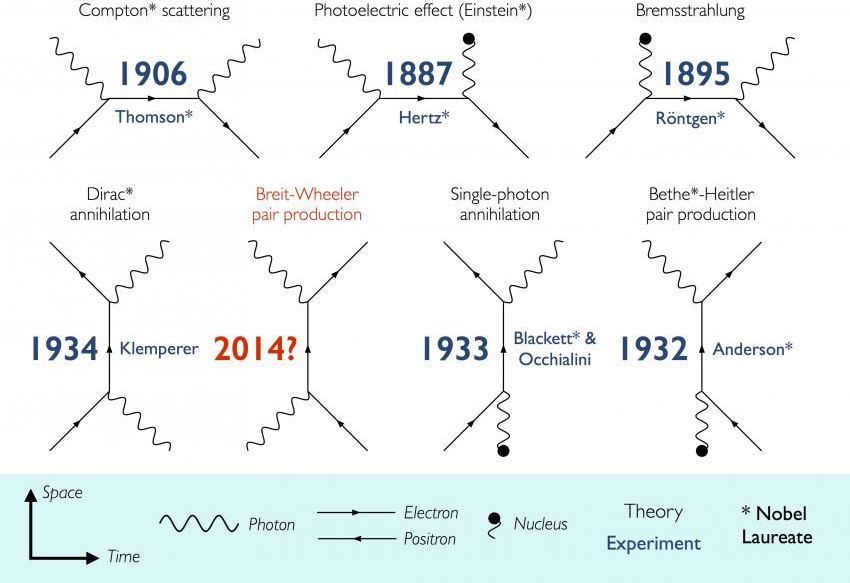May 6, 2019
Watch the Google I/O 2019 Keynote Right Here
Posted by Quinn Sena in categories: alien life, robotics/AI
Do you hear that? It’s the sound of Google executives practicing their lines ahead of Google I/O. The company’s annual developer conference in Mountain View, California, kicks off this Tuesday. The three-day event gives Google a chance to show off its latest work and set the tone for the year to come.
Can’t make it to the Shoreline Amphitheater? You can watch the entire keynote on the event page or on the Google Developers YouTube channel. It begins at 10 am PT (1 pm ET) on May 7 and should last for about 90 minutes. We’ll liveblog the whole thing here on WIRED.com.
Google I/O is technically a developer’s conference, and there should be plenty of talk about all the fun things developers can build using Google’s latest tools. But it’s also an opportunity to get consumers excited about what’s cooking in Mountain View. Last year, the company used the conference to debut its “digital wellness” initiative and a suite of new visual search tools for Google Lens. It also introduced Duplex, the eerily realistic AI assistant that can make dinner reservations and schedule haircuts like a human would.
Continue reading “Watch the Google I/O 2019 Keynote Right Here” »

















